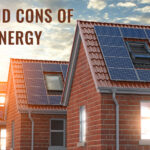Photovoltaic power generation, no longer the exclusive domain of the government and the rich, has now become an affordable household consumption item for ordinary people. With the massive release of polysilicon production capacity, 2023 is likely to usher in a further decline in the price of photovoltaic modules. More cost-effective photovoltaic energy, you deserve to have!

If you don’t know anything about photovoltaic power, you can start by reading this article: “How do solar panels work“
2023 is a good time to get into PV
Energy scarcity is something that many countries do not want to see. According to the VOA, during the Christmas season, governments want to “reduce unnecessary energy waste” through a series of measures. For example, in London, this year is the 62nd year of Christmas lights in the Oxford Street shopping district, affected by energy shortages, the lighting hours are limited to 3-11 p.m., and LED bulbs are used instead to reduce energy consumption by two-thirds.

As reported earlier by Reuters, France is carrying out energy saving measures from all aspects of government, business and people’s livelihood to ensure power reserves in winter. This includes specific measures such as setting upper temperature limits in public buildings, encouraging home offices, and reducing the use of hot water in toilets.
As gas and electricity prices continue to rise, how can we lighten the burden on our wallets? How can you make your home more energy efficient? Perhaps choosing to install a photovoltaic system will solve your problems.
Silicon prices affect the interests of consumers, but also the most concerned about the PV industry today, I believe you have heard, with the new silicon capacity, silicon supply tension is expected to be gradually alleviated in 2023, followed by PV modules will also be expected to begin to reduce prices . Therefore, in the future to buy PV modules and install PV systems is very cost-effective.
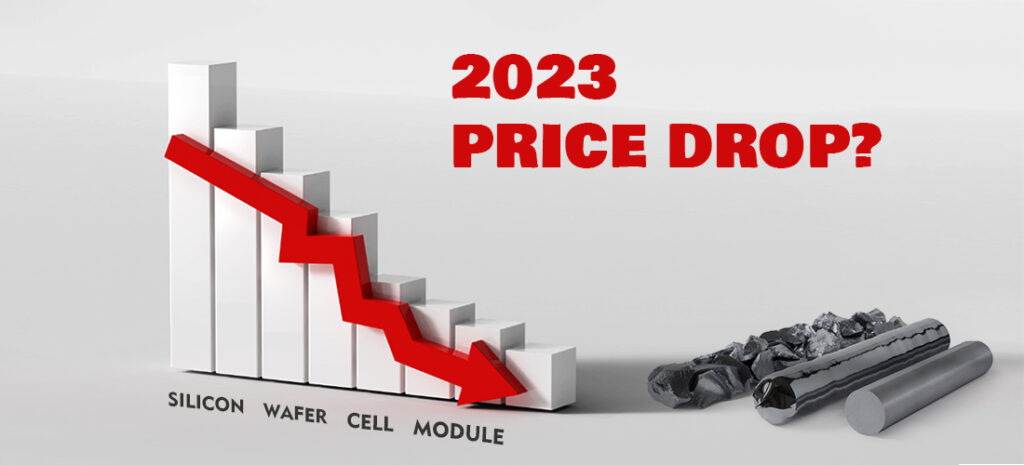
At the same time, in the future, some countries will successively reduce the purchase, import, and installation of PV systems sales tax, as well as exemption from income tax on PV systems fed into the public grid. At the same time, photovoltaic as a new type of green energy, will become the future trend, such as new energy vehicles, in order to later popularization, at this stage will get more policy support, so the next few years is a good time to get into the photovoltaic system.
Two major misconceptions about photovoltaics
1. Is photovoltaic really environmentally friendly?
2023 for the photovoltaic industry, will be a year of continuous growth, more and more users began to get rid of the traditional energy constraints, to open up a green lifestyle of energy self-sufficiency, especially in the global warming environment seems more forward-looking.
However, considering the energy consumed in the production of PV modules and the disposal of obsolete equipment, is PV really environmentally friendly?
Of course, it takes energy to produce PV modules, but the fact is that each PV module produces 10 to 15 times more energy than it takes to produce it, and according to Nature Energy, taking into account the Co2 generated by the production, transportation and installation of the equipment, PV modules will produce less than 21g of Co2 per kWh over their 25-year life cycle. KWH, electricity from solar systems can reduce harmful emissions by nearly 90% or more.
As for solar modules, they are mainly composed of glass, plastic and aluminum, which can be recycled in large quantities. At the same time the market for solar PV module recycling is steadily maturing, which is not even a disadvantage for companies, since manufacturing modules from discarded modules consumes much less energy than starting with new raw materials.

2. Is it worth it to buy PV?
Compared to paying rising electricity bills, the installation of photovoltaic seems to be a once-and-for-all thing. However, the actual installation of photovoltaic as an advance payment of years of electricity, users also need to bear the maintenance and depreciation of equipment, photovoltaic is really cost-effective?
Of course, we need to admit that the purchase of PV is like a long-term investment, in general, PV systems with storage can pay back within 5-7 years, without storage systems in 10 years will pay back, after the equipment life cycle will have 10-15 years to start making a profit, the more electricity costs rise during the payback will be faster, but also by supplying electricity to the public grid and get a stable income security.
You may be interested in how much money you can save, so let’s do some simple calculations.
A 10KW PV system installed in a German household can generate 12,000KWH of electricity a year, which can be used by a family of four for a year. We calculate according to 30% self-consumption, 70% feed into the public grid, in the case without subsidies will have an annual income of 2256 euros, in addition to equipment procurement, there will be maintenance and insurance costs, but these only account for 1%-2% of the investment cost, in addition, Germany in December also increased the price of grid-connected electricity.
Electricity saving revenue: 12000*30%*0.44 (tariff) = €1584
Revenue from electricity sales: 12000*70%*0.08 (selling price)=€672
Comprehensive annual income (excluding subsidies): €1584+672=€2256
In addition, with the popularity of photovoltaic, houses with photovoltaic systems will also become in demand, which is conducive to the rental and sale of houses.
As for the maintenance of the PV system, it is also very easy. High-quality photovoltaic modules in the manufacture of full consideration of the impact of various climatic conditions, the outer layer of tempered glass has excellent impact resistance, can effectively reduce the risk of rupture caused by strong winds, snowstorms and other external impacts in extreme environments. In addition, for alpine regions, it is also equipped with defrosting and snow removal functions. Under normal circumstances, manufacturers will provide a 15-25 year warranty, while high-quality PV modules can last up to 30 years or more, requiring little maintenance in long-term use, except for inverter replacement.
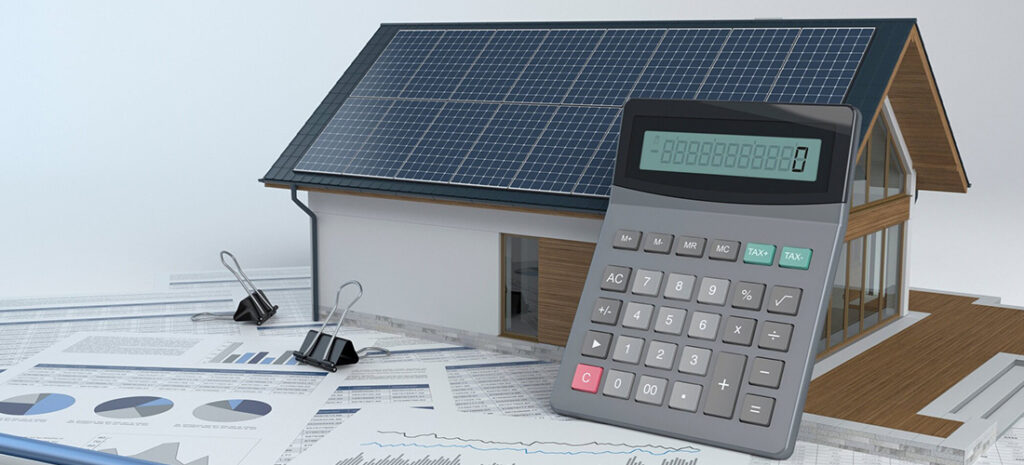
Where can I buy cost-effective PV modules?
There are many ways to choose a PV module , for example, you can look for a local installer, you can buy directly from an online store, or of course, if you are looking for value for money, you can go directly to a manufacturer with a good reputation. You may ask how can I find a quality manufacturer? First of all you need to check whether the manufacturer has the relevant business qualification. Secondly you need to know if they have an office in your local area, although your installer is your first point of contact for product warranty and claims, if they are closed, you must contact the product manufacturer directly, so choosing a manufacturer with a local office will save you a lot of trouble. Of course, if they have a local warehouse, then that’s a plus, meaning the product you ordered can be shipped to you faster.
There are many manufacturers of PV modules on the market today, all with varying prices, so if you are considering more of a price/performance ratio, we suggest that you look at overseas manufacturers, for example in the Chinese market to start your search.
China, as the world’s largest producer of solar energy, has a complete industry chain and core technology to provide consumers with cost-effective photovoltaic products, good quality and acceptable prices to attract more and more overseas customers to choose Made in China.
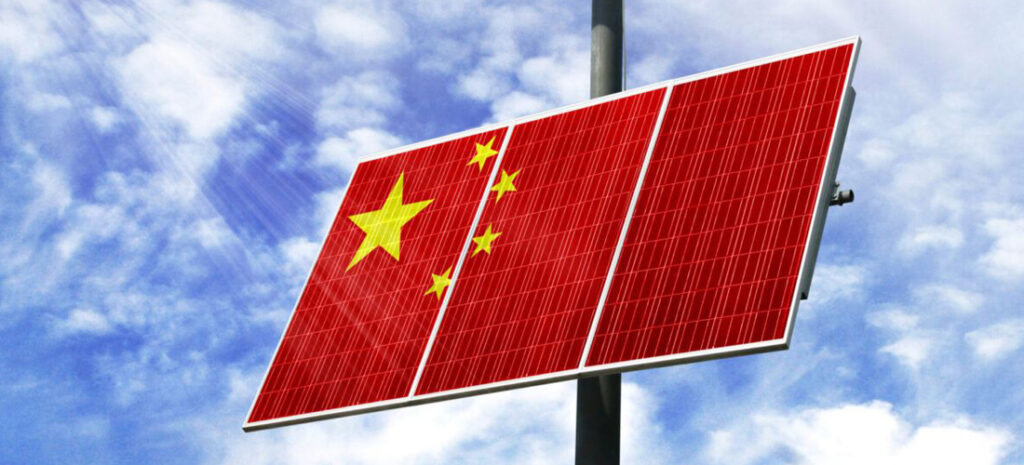
Buying a PV module overseas is like buying an imported car, and if the local distributor (installer) is the first layer of security after you purchase the product, having a local office creates the opportunity to communicate directly with the consumer. Saudi Arabia, Indonesia and the United Arab Emirates, allowing the brand to better serve its customers.
At the same time, more than 20 warehouses in Europe are on standby in real time. From the moment an order is placed, the PV modules are shipped non-stop, so that customers can experience PV products and enjoy clean energy sooner.
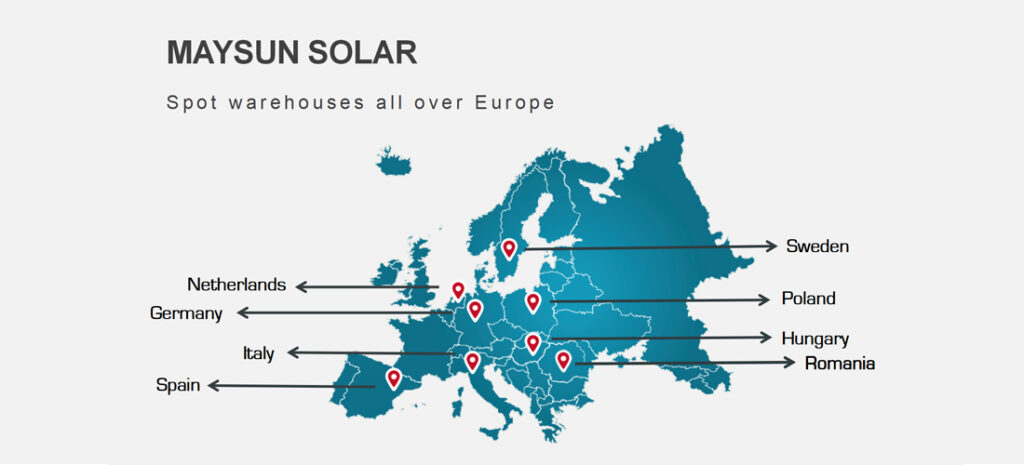
PV modules will continue to create value for the world in 2023
Although the PV industry chain experienced multiple factors such as epidemic, earthquake and power limitation in 2022, and the shortage of silicon material restricted the actual output of modules, there was still a substantial increase compared with last year. It is believed that in 2023, total output will continue to expand, with module capacity expected to reach 642GW, up 22% year-on-year. China’s role as the main country for module capacity means that more overseas users will experience the charm of China’s PV industry.
In addition, the US has introduced an anti-inflation bill. It is expected that the installed capacity will increase from 130 GW to 336 GW in the next 5 years. nowadays, more and more countries are boosting the installed capacity of their PV modules. This once again shows that this green energy will be one of the important energy sources that people will rely on in the future.



